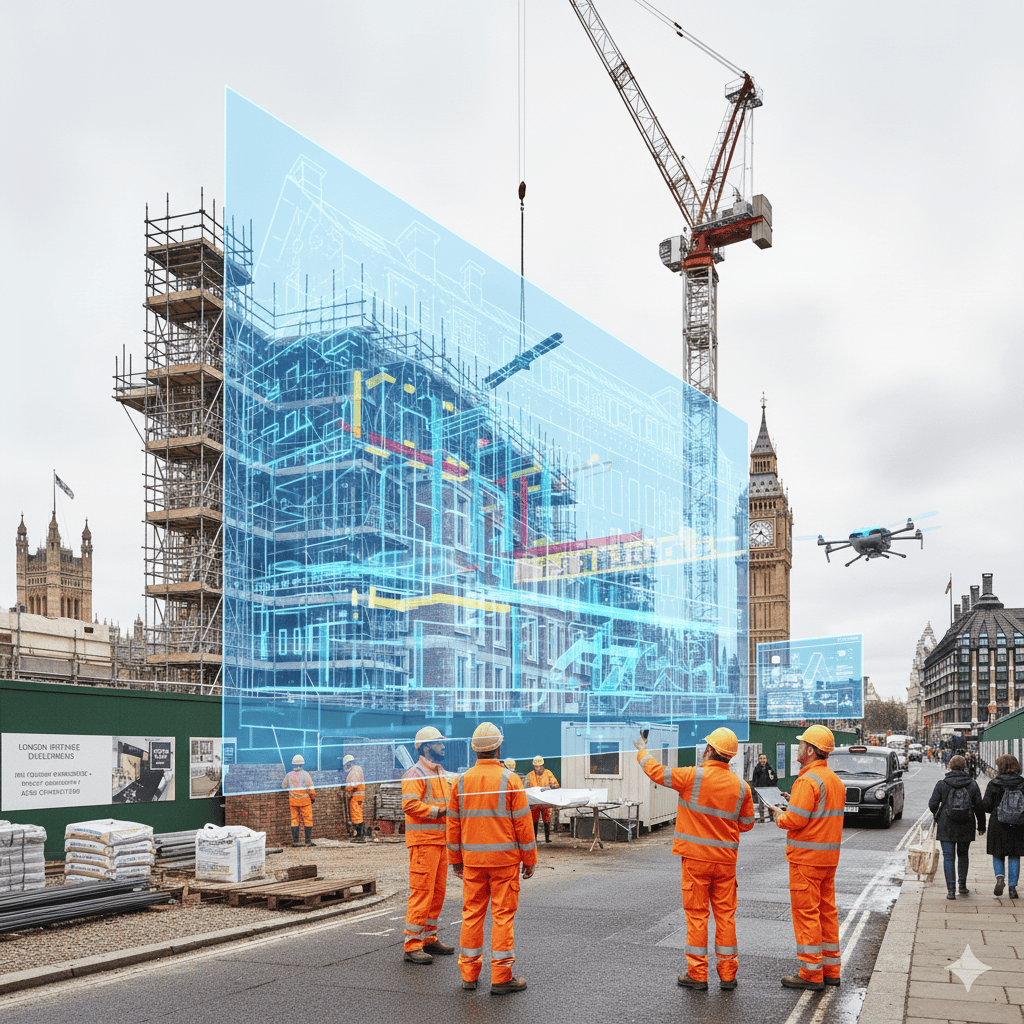How BIM is Revolutionising Commercial Construction
What is Building Information Modelling (BIM)?
Building Information Modelling (BIM) is a digital technology that facilitates the creation and management of information throughout the lifecycle of a construction project. By providing a shared platform, project stakeholders can collaborate in real-time, reducing errors and improving efficiency. BIM creates a centralised digital representation, which includes detailed 3D models enriched with data about materials, dimensions, and timelines.
BIM not only offers a visual representation but also allows for integration of data like cost estimates or energy analysis. Its capacity to simulate scenarios before construction begins has made it a pivotal tool in commercial projects.
Why BIM is a Game-Changer for Commercial Construction
In commercial construction, efficiency, cost management, and precise planning are critical. BIM revolutionises this sector by streamlining design processes, enhancing communication, and supporting sustainable building practices. Let’s delve into how BIM aligns with the priorities of commercial projects:
Enhanced Collaboration
Commercial projects often involve complex coordination between architects, engineers, and contractors. With BIM, every team has access to updated project data via a centralised platform, reducing the likelihood of miscommunication or delays. For instance, a contractor can instantly identify clashes in design before on-site work begins.
Improved Cost Management
Budget overruns are a common challenge in the construction industry. BIM helps mitigate this risk by providing accurate cost estimations early in the planning stage. With precise material requirements and realistic timelines, unforeseen expenses are minimised.
Supporting Sustainable Practices
Modern businesses value sustainability. BIM allows for energy performance simulations, enabling designers to optimise for energy efficiency and compliance with environmental standards.
Key Applications of BIM in Commercial Projects
1. Visualising Smart Building Technology
BIM offers a detailed depiction of proposed infrastructure, enabling stakeholders to visualise how various smart building technologies integrate within the project. Whether it’s sensors for automation or advanced HVAC systems, BIM ensures seamless implementation.
2. Risk Analysis and Mitigation
Through virtual simulations, project teams can forecast potential challenges and develop solutions proactively. For instance, firms aiming for advanced security systems in London’s offices can integrate these features during the design phase, avoiding costly revisions.
3. Optimising Space Planning
BIM enables meticulous spatial planning, ensuring all client requirements are met. For example, during an office fitout, BIM tools can visualise layouts that maximise natural light and employee productivity.
4. Streamlining Facility Management
Upon project completion, the BIM model becomes a resource for managing the building. Facilities managers can access detailed digital blueprints for maintenance planning or future modifications.
Success Stories with BIM
Efficient Delivery of Retail Construction
In London, the use of BIM enables seamless coordination among stakeholders, reducing the average turnaround time by 20%. Digital mock-ups allowed for customer-facing aesthetics to be adjusted without work disruptions.
Redesigning Office Spaces
When a business partnered with a construction company for office redesign, BIM facilitated optimal space distribution. The final result matched client expectations while saving the developer on projected costs.
Sustainable Developments in London
BIM models helped developers identify energy optimisation strategies for a commercial property in Canary Wharf. By running energy simulations, the project achieved a significant reduction in operational carbon footprint.
Challenges in BIM Adoption
While BIM offers numerous advantages, it’s not without challenges. Some firms may face cultural resistance or a lack of technical expertise. Additionally, initial setup costs for software and training can be significant for small-scale organisations.
Addressing Technical Barriers
The complexity of BIM systems might intimidate less tech-savvy construction teams. Offering comprehensive training can bridge the knowledge gap to ensure full realisation of the technology’s potential.
Collaboration Over Standardisation
BIM adoption requires collaborative commitment across all stakeholders, as its benefits diminish when stakeholders fail to use the model consistently.
Looking Ahead: The Future of BIM
The integration of BIM with emerging technologies like AI and immersive tools like VR in construction promises exponential advances. Projects will become increasingly automated and responsive, further reducing inefficiencies.
Adopting BIM in Your Project
For developers, property managers, or organisations thinking of adopting BIM, now is the time to embrace this game-changing technology. Partnering with experienced building contractors London ensures seamless transitions into advanced project management systems.
FAQs
How does BIM improve productivity in construction?
BIM reduces project delays by identifying issues early and enabling coordinated communication among stakeholders.
Is BIM suitable for small-scale commercial projects?
Absolutely. While more common in large-scale projects, the efficiencies offered by BIM can benefit smaller operations, too.
What industries benefit most from BIM?
BIM is widely adopted in commercial, residential, industrial, and public infrastructure projects for its adaptability.
Consider integrated BIM solutions to enhance your next commercial construction project. Whether you’re planning a refurbishment or an office fitout, ensure your team adopts modern tools for perfect delivery.
Adopting BIM in Your Project
For developers, property managers, or organisations thinking of adopting BIM, now is the time to embrace this game-changing technology. Partnering with experienced building contractors London ensures seamless transitions into advanced project management systems.
Address
Virtus
Unit 9 The Circle
Queen Elizabeth Street
London, SE1 2JE
Telephone
We would love to hear from you
Please fill out the form below if you would like to contact us



